Chin Reduction
Dr. Hamidreza Fathi
-
- +10000 Successful Surgeries
- +11 Years of experience
-
-
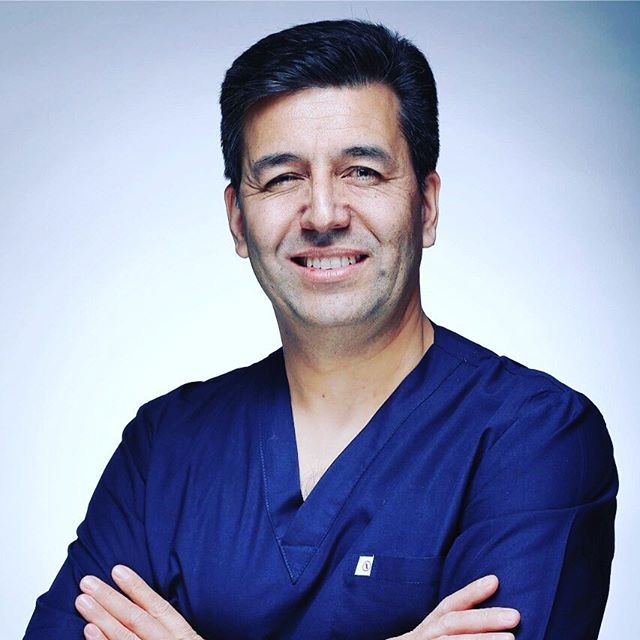
Brief info about Dr. Hamidreza Fathi :
Hamidreza Fathi is a world class Plastic and Aesthetic surgeon active since 2008. He has specialty in General Surgery graduating from Mashhad University and Subspecialty in Plastic, Aesthetic & Reconstructive Surgery from Tehran University of Medical Sciences.
He completed Aesthetic Pelastic Surgery and Ear Reconstruction Course in 2014 at Paris University. He also completed Craniofacial Course in 2015 at Paris University (Necker Hospital).
He ranked second in Plastic and Reconstructive National Board Examination in 2008. He has years of experienc in Paris hospitals. He now offers Multi surgeries like Abdominoplasty, Face rejuvenation, Rhinoplasty and Liposuction to international patients.
Other achievements of Dr.Fathi :
A member of Iranian and International Association of Plastic Surgeons
A member of the Association of Maxillofacial Surgeons
Founder of the Cancer Microscopic Surgery Team
Founder of the Microscopic Surgery Team of Baku University
Founder of the Endoscopic Surgery for beauty and facial fractures in Tehran Hospital
First Secretary of the International Congress of Plastic and Aesthetic Breast Surgery in 2015 at Tehran.....
How this Procedure is Done
Why Iran?
Before having any cosmetic surgery, you should consult with a knowledgeable specialist to ensure you have made a rational decision. In this case, you will have the opportunity to express your expectations and goals as well. To go through this critical stage, you should look for an expert who understands your concerns and can propose a satisfactory solution. Iranian cosmetic surgeons are the ones you can easily trust to ask any question you have. They have extensive knowledge and invaluable experience especially in this field. They perform many cosmetic surgeries successfully every year and can help you meet your needs. You can make sure they will choose the most suitable procedure that enhances your appearance considerably, inform you of the whole operation and clarify the healing process. Additionally, if you decide to get these surgeries in Iran’s specialized clinics, you will be offered the most up-to-date services with a low cost. Thus, you can save considerable amount of money while traveling to this beautiful country for enhancing your appearance.
What is Chin Reduction?
The ideal facial shape is the one with balanced proportions. However, some people may not be happy with the shape of specific parts of their face such as the chin. It might be too large or too small in a way that the profile of the whole face will be distorted. To tackle these problems, individuals usually think of having chin augmentation with fillers, fat, or implants. Nonetheless, there is a major surgery called chin reduction which can considerably enhance the appearance. Chin reduction, also known as osseous genioplasty, is an operation that reduces the size of an overly large or too prominent chin. It is also beneficial in restoring natural aesthetic balance to the face by modifying the shape of the lower jaw.
In this operation, surgeons either trim and resculpt the chin's fat pad, or reshape the chin bone itself. In some situations, doctors may carry out both of these procedures to meet their patient’s needs.
Chin reduction has two common types: sliding genioplasty and chin implants.
Sliding genioplasty: In this operation, surgeons cut the chin bone away and move it to improve the chin shape. This kind of genioplasty is highly recommended for individuals whose chin is too far back in relation to the rest of their face. It can also correct chins that are too long or too forward.
Chin implants: They are commonly used to reshape, enlarge, or push forward the chin. Implants can be placed inside the chin either via surgery or injection.
Who Can Benefit From Chin Reduction?
Chin reduction is an effective solution for individuals who:
- Are in good overall health
- Have realistic expectations and goals from the operation
- Have an abnormally large or long chin
- Are at least twenty years old since for obtaining favorable results, their chin should have reached developmental maturity
It’s significant to note that chin reduction is not carried out at all for those who are not physically mature yet or suffer from periodontal disease.
Procedure
This surgery which takes roughly about one to three hours is usually performed in a hospital or an office operating room. Many doctors prefer general anesthesia for their patients.
Sliding genioplasty surgery: In the very beginning, your doctor pulls down your lower lip and cuts on the gum of the lower lip below your bottom teeth to separate the soft tissue from the chin bone. Your surgeon will then use a saw to cut a small vertical line in the chin for reference. In this case, the bone will stay straight when it’s moved forward or backward. Next, the doctor makes a horizontal cut along the chin bone. If you want your chin to move backward or become smaller, a wedge of bone will be cut as well. However, for making your chin move forward, surgeons will create a “step” in the bone which will be more noticeable in women compared to men because of lack of facial hair. If you intend to have a longer chin, the procedure will be different. Surgeons will reattach the bone with a gap between the rest of the jaw and the chin. Bone will grow back as time passes and fills this gap. At the end, the incision will be closed by some sutures. Your surgeon puts compression tape on your chin to protect the area.
Chin implant surgery: In this procedure, your surgeon will either cut inside your mouth or under your chin. Before the operation, your doctor will have sculpted the implant to the right size and shape so it’s ready to be inserted. When the material is implanted, the doctor closes the incision using several stitches.
If you desire to have a nonsurgical implant, dermal fillers or some of your own fat will be injected to your chin.
Recovery
Most patients will have to stay in hospital for one night after the operation. Your surgeon will instruct you to take some oral antibiotics for two days. After four to five days, wound dressings and compression tape can be removed. Then, you can do your daily routine activities. Fortunately, oral stitches are absorbable. Therefore, you won’t have to go to hospital again to get them removed. Swelling, redness, and bruising are probable complications which will fade away after a few days. You can begin eating normally as soon as you feel ready. A liquid or soft-food diet is mostly recommended after the operation. You must rinse your mouth with water following every meal. Exercising is also forbidden for at least ten days. It’s important to note that even if you have surgical implants placed in your chin, you still need to follow the instructions carefully since the tissue needs time to adhere to the implant.
The Results
As swelling fades away, you can see the result of your operation and enjoy your new appearance. You need to be patient since the initial part of healing process may include discoloration, numbness or discomfort as well. In some cases, bruising might take several months to disappear depending on your body condition. Moreover, facial movements may be restricted for a while.
Luckily, the final results of chin reduction and surgical implants are long-lasting. Nevertheless, a significant point must be indicated. Despite the fact that all patients expect to achieve their desirable results from the surgery, there is no guarantee. In some situations, a single procedure cannot help you meet your needs and other operations might be necessary.
Yes. In some operations, surgeons cut the jawbone and move it to increase the vertical height or length of the lower jaw.
When the healing process is completed, a chin implant will remain in position. However, in the early weeks after the operation, it may move a little. In this case, you will have to undergo another operation so that your doctor can put it back into position.
The chin can set up balances in the face and neck. Individuals with weak chins do not look healthy, fit, and attractive. A strong chin can boost your self-confidence by improving your appearance.
Majority of patients are satisfied with their chin implant and do not want it to be removed. Nevertheless, there are some individuals who may not have needed such implants at all. Therefore, they might ask their doctor to remove them after a while. Removing a chin implant is a short process which will be completed without any problem.
Yes. While some of them wrap widely around the jaw bone, others may be narrow and only project at the very front. They can be either tall or thin, augmenting only along a narrow area. In addition, they can have a pointy shape or a square shape.
Before performing this operation, a professional medical team will talk to you about the medications you take. In some situations, you may have to stop some of them for a week prior to surgery. Most vitamins and herbal supplements have some side effects; they may cause bleeding during the operation. Your doctor will provide you with a list of medications that must be avoided before and after the surgery.
.jpg)

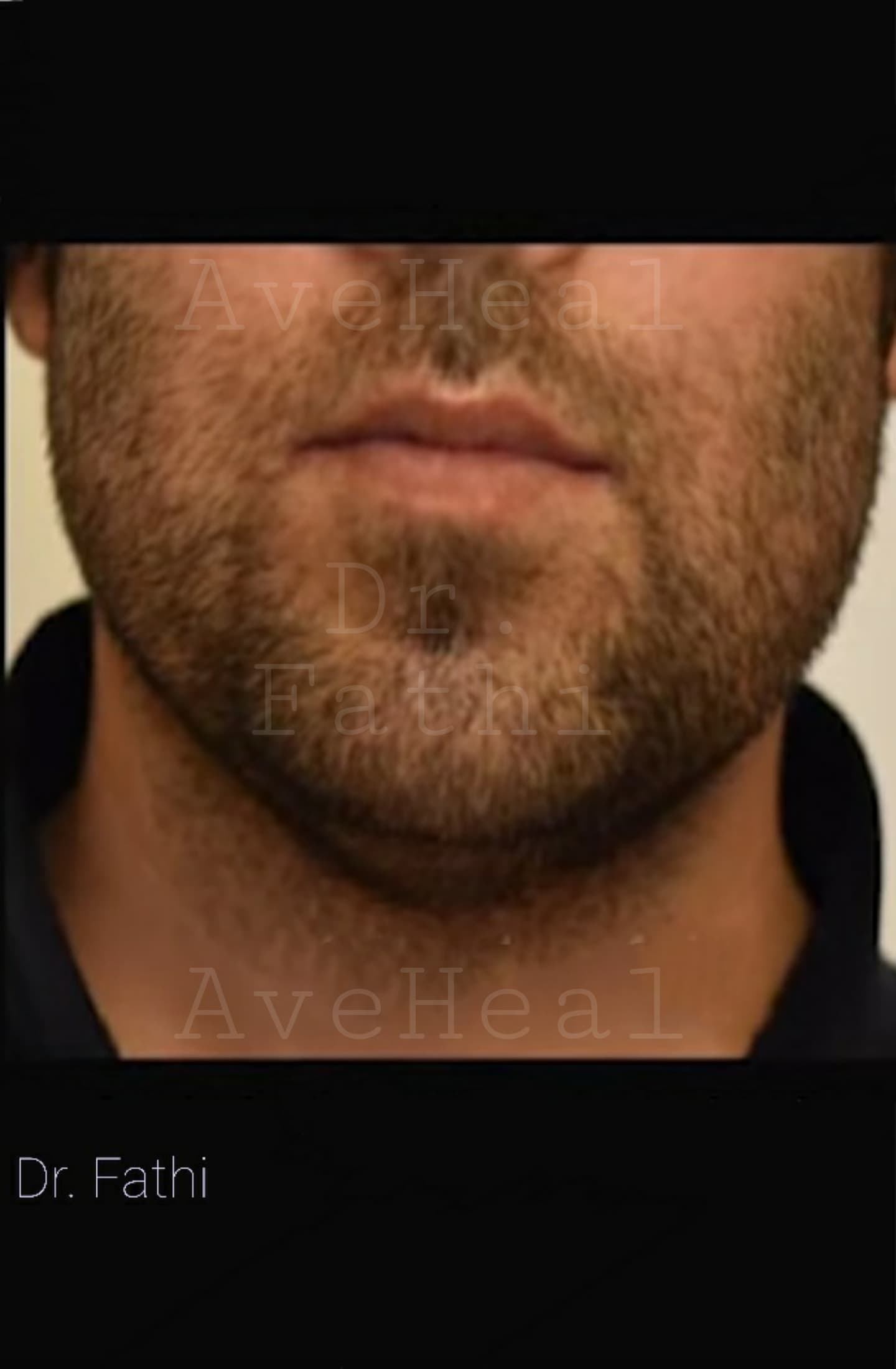
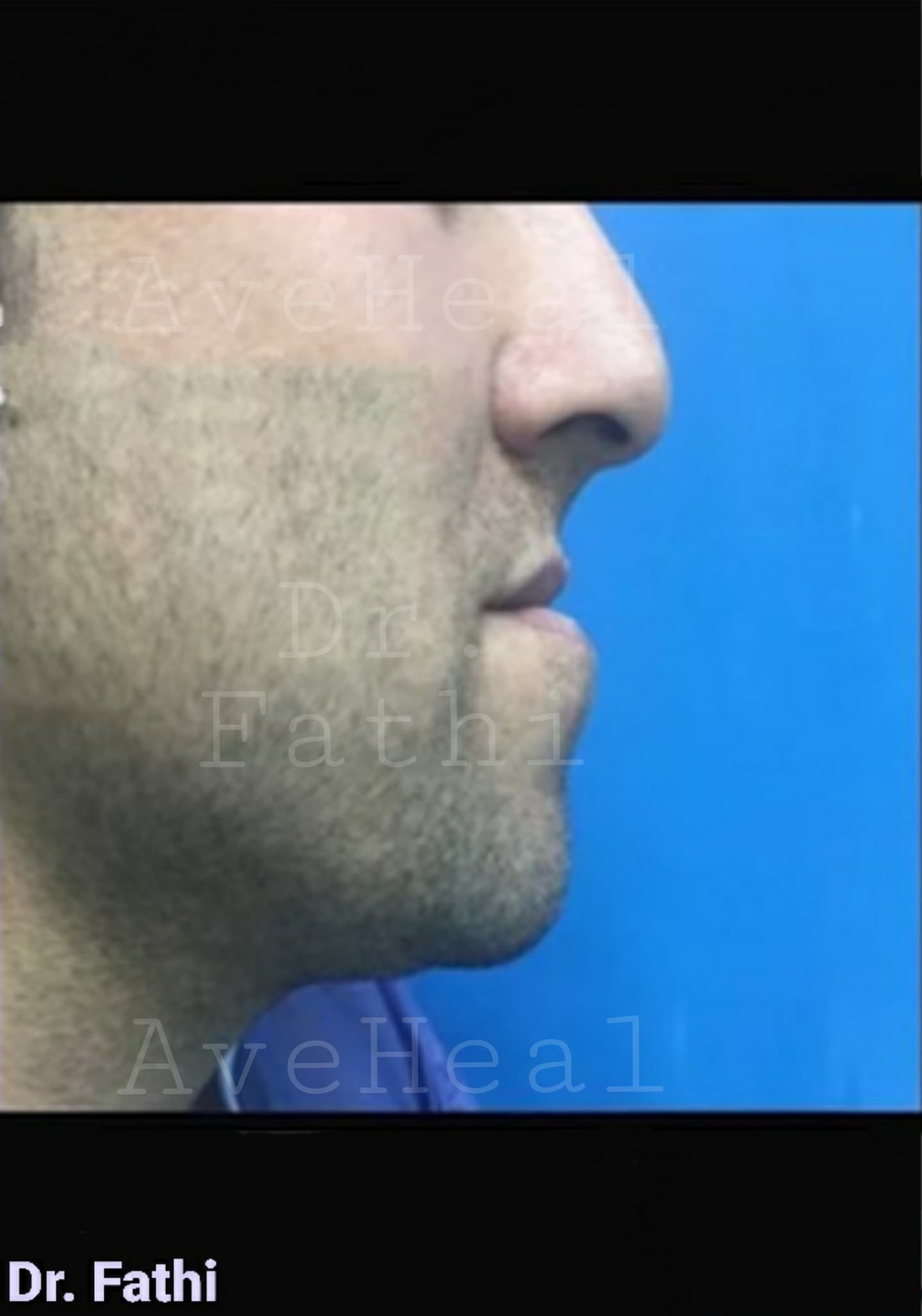
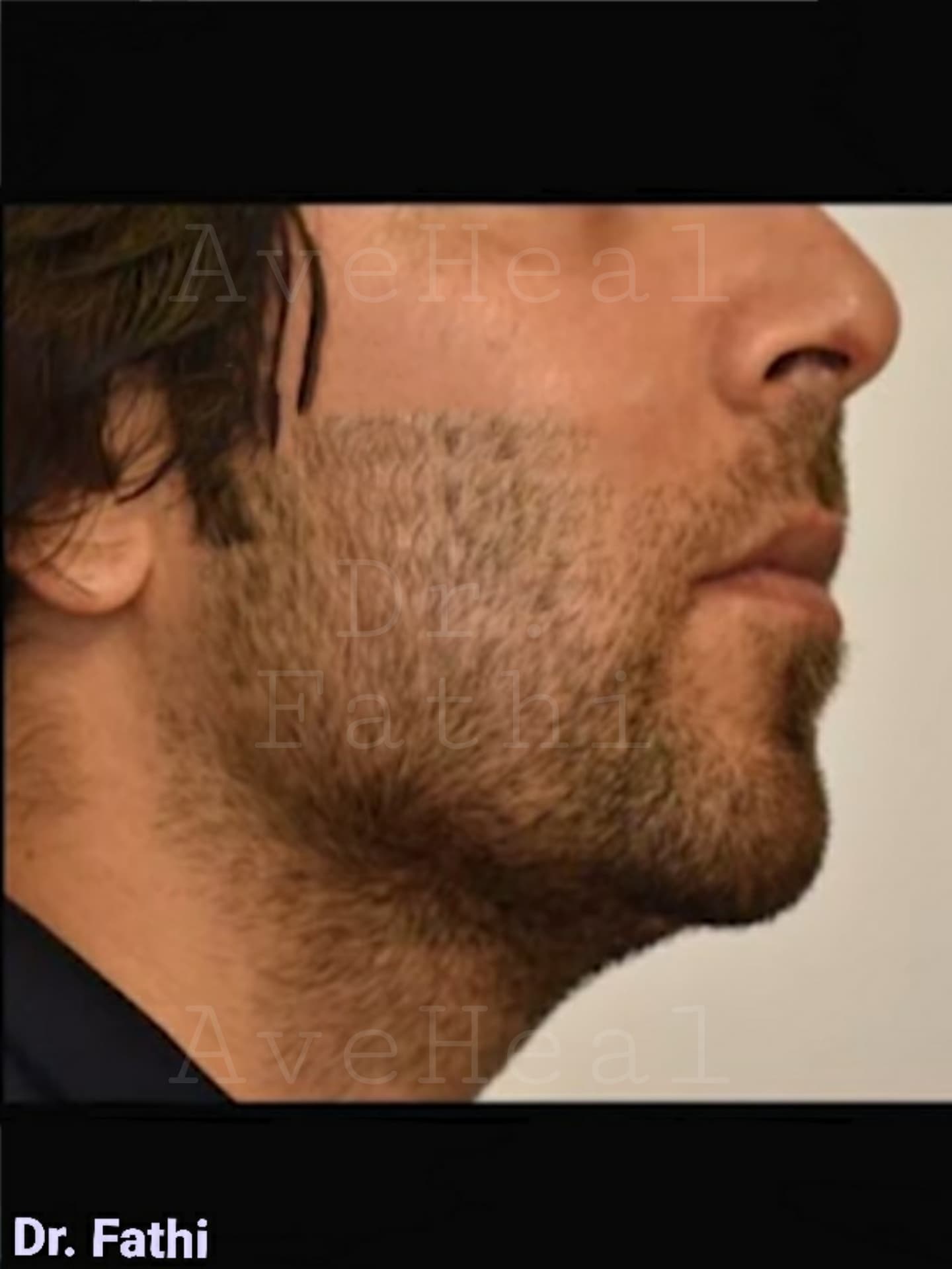
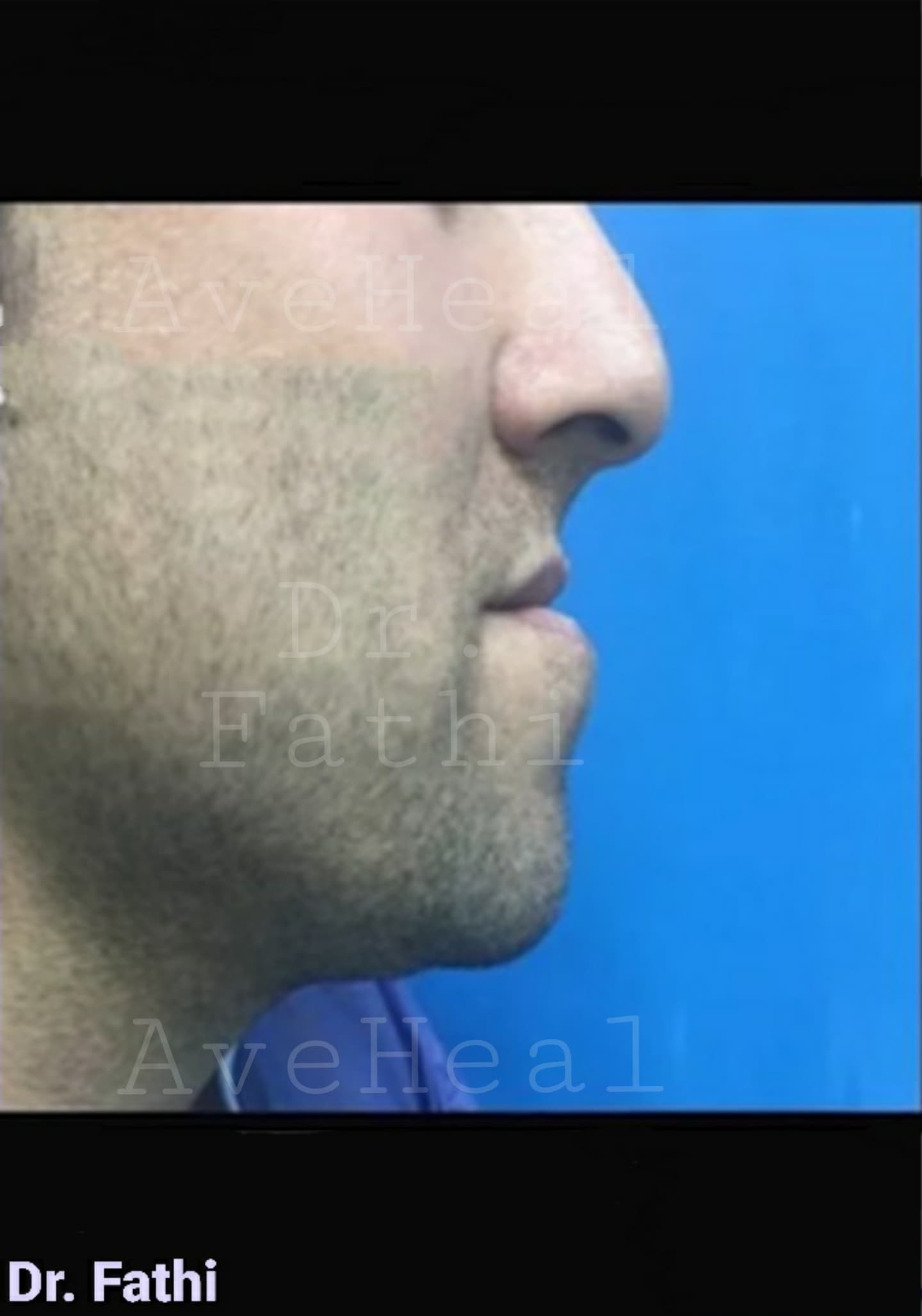

.jpg)
.jpg)
.jpg)